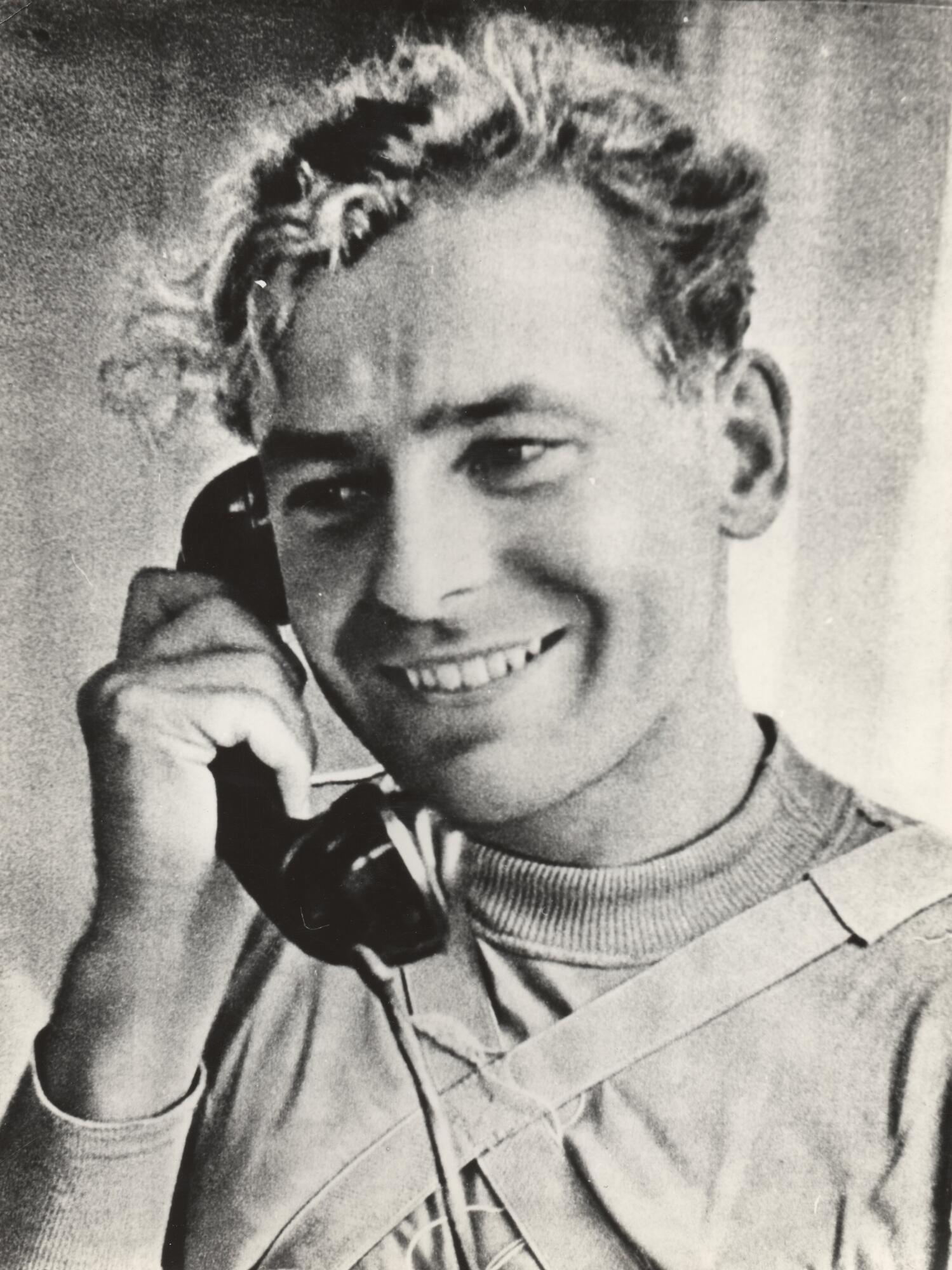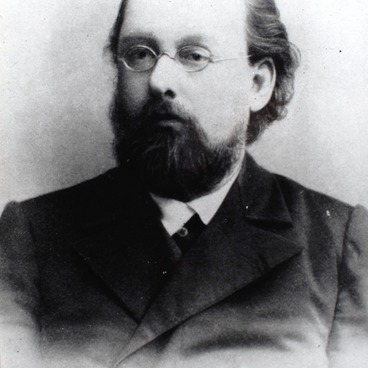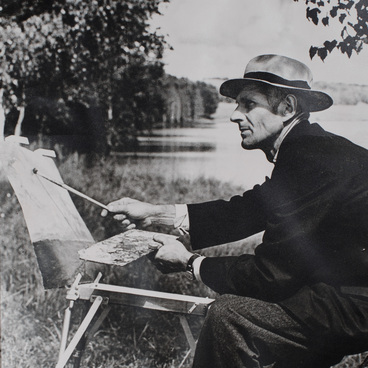The second human to orbit the Earth was Gherman Stepanovich Titov. He flew the Vostok 2 mission, launched on August 6, 1961. During the flight that lasted 25 hours and 18 minutes, Titov orbited the Earth 17 times.
In many ways, Titov’s mission was more difficult than that of Yuri Gagarin. First of all, his flight was longer. At that point, the effects of many hours of weightlessness on the human body had not been studied yet by Soviet flight doctors. They insisted that three orbits would be more than enough for Vostok 2. However, the chief designer Sergei Pavlovich Korolev insisted that it was necessary to spend a full 24 hours in space. Titov sided with the project manager despite the potential risks to his health.
The second cosmonaut was actually the first in many respects. For example, he took manual control of the capsule during the first and seventh orbits, checking the condition of the system. During the second orbit, he started taking photographs and filming the Earth. During the third orbit, he ate. He also had to conduct an experiment and fall asleep in the conditions of weightlessness. Titov reminisced that it was rather difficult because his arms would constantly float until he had them under rubber security belts. However, after having adapted to the conditions, Gherman Titov slept 35 minutes longer than planned and missed the communication session, making everyone on Earth quite anxious.
During the sixteenth orbit of Vostok 2, Sergei Korolev addressed Titov. He asked the cosmonaut, who was known under the call sign of the Eagle, whether he was ready for the difficult landing stage. Similar to the first manned spacecraft, that one also used an automatic system for orientation, switching on the retrorocket engine, controlling, and descending the spacecraft. The cosmonaut was supposed to land near Saratov. At the altitude of seven kilometers, Titov ejected from the capsule, and the parachute opened.
The descent was worrisome: Gherman Titov was going to land close to the railway where a train could appear. Luckily, the cosmonaut touched the ground some ten meters away from the railway line near the town of Krasny Kut, Saratov Region.
Three days after the end of the mission, a celebration took place in Red Square as well as a reception at the Kremlin. On August 11, Gherman Titov held a press conference in the hall of the main building of Moscow State University, which was attended by over a thousand people.
While Gagarin’s flight was an important milestone, Titov’s full twenty-four hours in space proved that it was possible to work and conduct research for hours on end in the conditions of weightlessness.
In many ways, Titov’s mission was more difficult than that of Yuri Gagarin. First of all, his flight was longer. At that point, the effects of many hours of weightlessness on the human body had not been studied yet by Soviet flight doctors. They insisted that three orbits would be more than enough for Vostok 2. However, the chief designer Sergei Pavlovich Korolev insisted that it was necessary to spend a full 24 hours in space. Titov sided with the project manager despite the potential risks to his health.
The second cosmonaut was actually the first in many respects. For example, he took manual control of the capsule during the first and seventh orbits, checking the condition of the system. During the second orbit, he started taking photographs and filming the Earth. During the third orbit, he ate. He also had to conduct an experiment and fall asleep in the conditions of weightlessness. Titov reminisced that it was rather difficult because his arms would constantly float until he had them under rubber security belts. However, after having adapted to the conditions, Gherman Titov slept 35 minutes longer than planned and missed the communication session, making everyone on Earth quite anxious.
During the sixteenth orbit of Vostok 2, Sergei Korolev addressed Titov. He asked the cosmonaut, who was known under the call sign of the Eagle, whether he was ready for the difficult landing stage. Similar to the first manned spacecraft, that one also used an automatic system for orientation, switching on the retrorocket engine, controlling, and descending the spacecraft. The cosmonaut was supposed to land near Saratov. At the altitude of seven kilometers, Titov ejected from the capsule, and the parachute opened.
The descent was worrisome: Gherman Titov was going to land close to the railway where a train could appear. Luckily, the cosmonaut touched the ground some ten meters away from the railway line near the town of Krasny Kut, Saratov Region.
Three days after the end of the mission, a celebration took place in Red Square as well as a reception at the Kremlin. On August 11, Gherman Titov held a press conference in the hall of the main building of Moscow State University, which was attended by over a thousand people.
While Gagarin’s flight was an important milestone, Titov’s full twenty-four hours in space proved that it was possible to work and conduct research for hours on end in the conditions of weightlessness.



